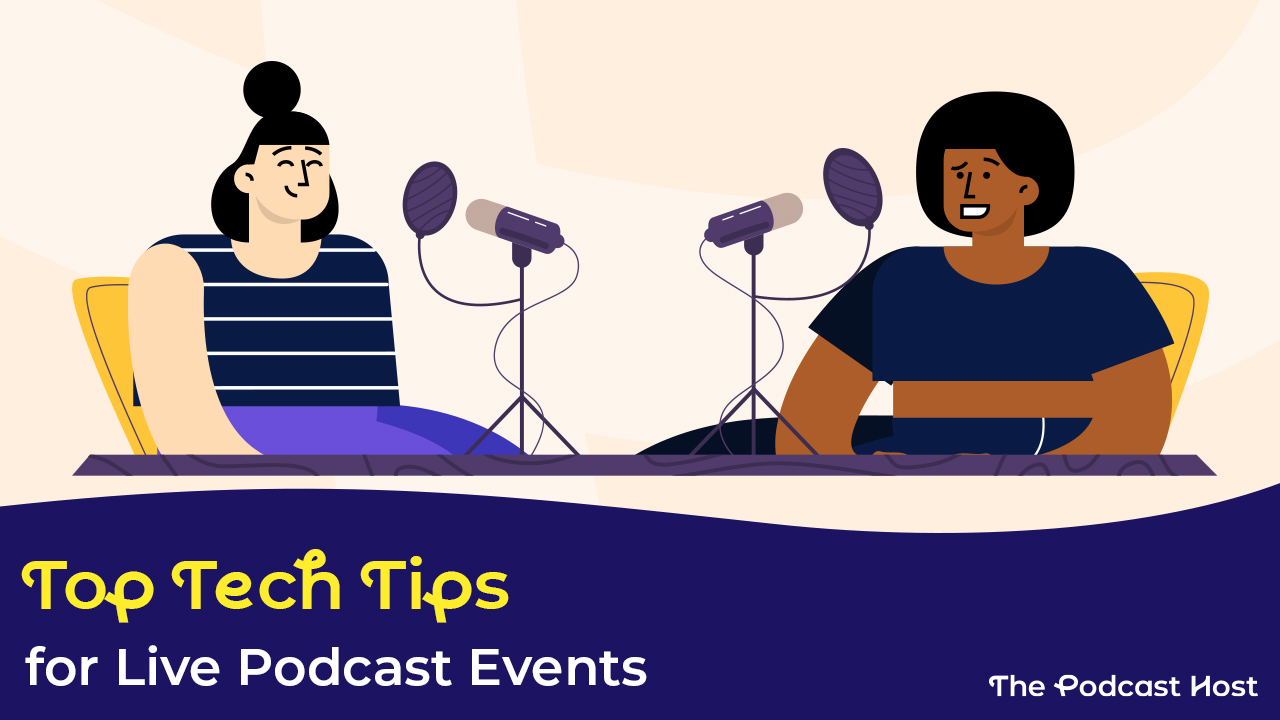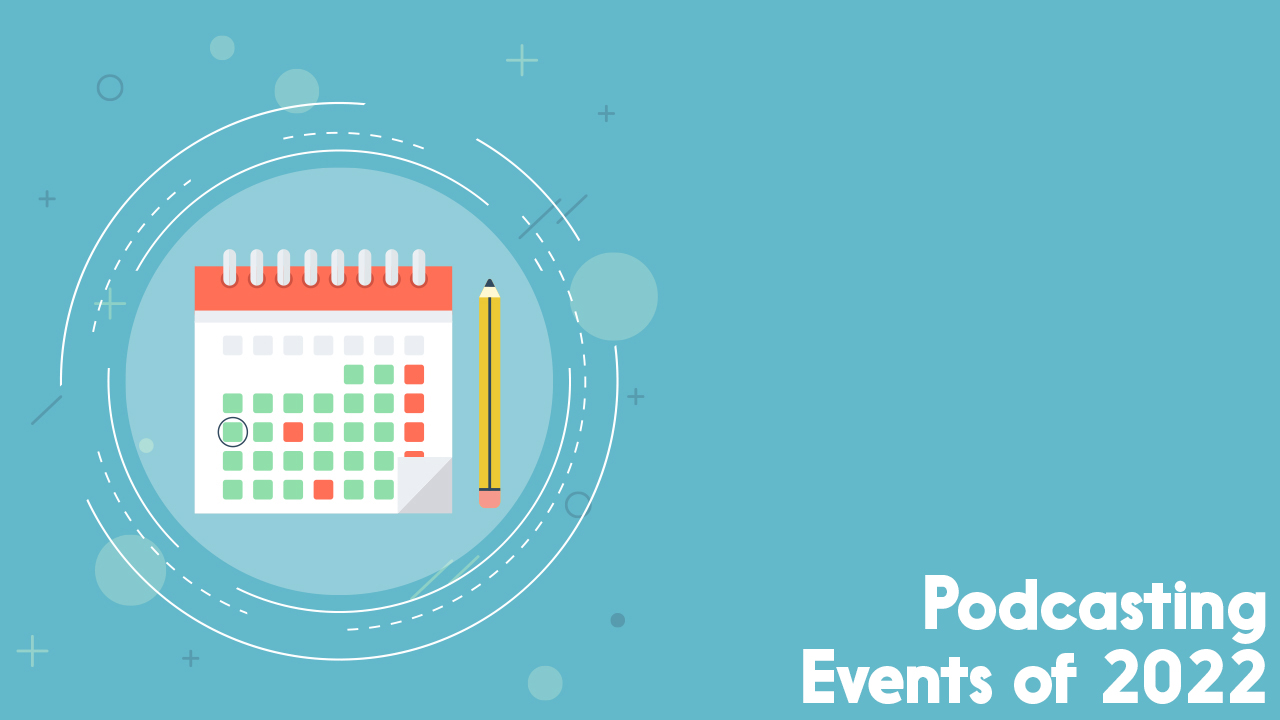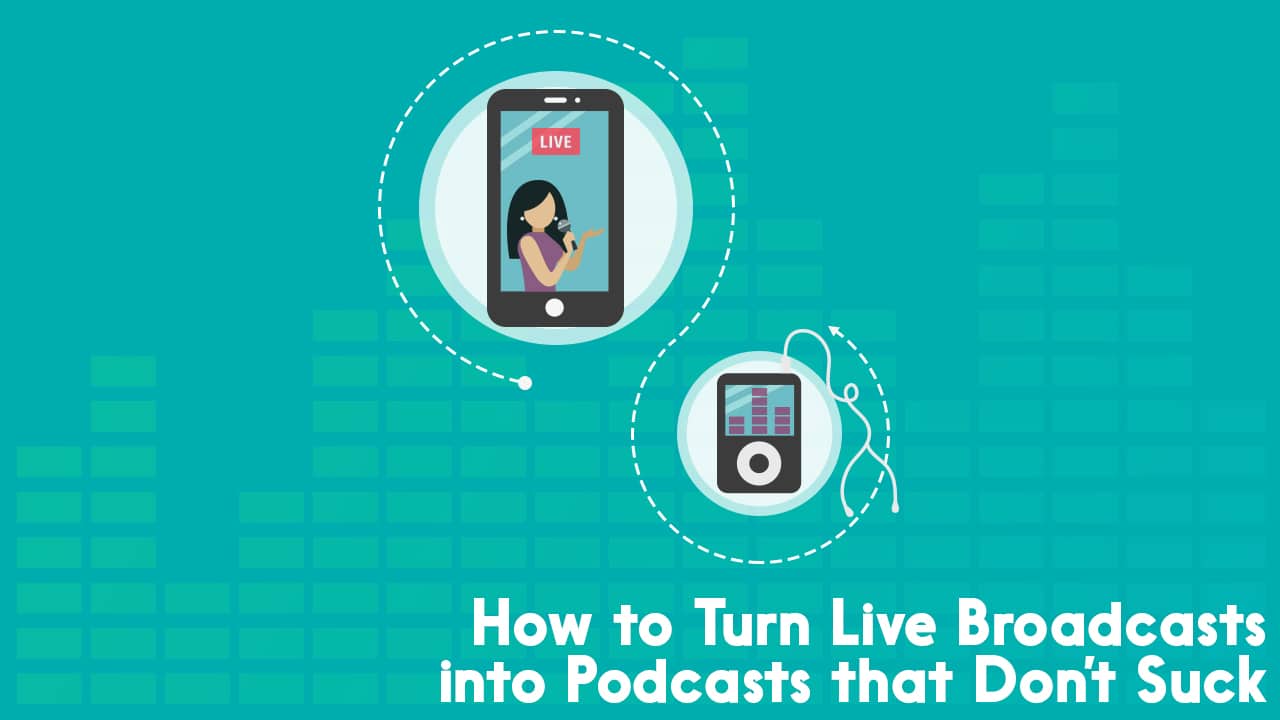Top Tech Tips for Live Podcast Events

Have you ever been curious about what it would be like to record your podcast in front of a live audience? These live audience experiences can really help get the word-of-mouth recommendations going for your podcast. And they’re heaps of fun. But the technology aspect of the live podcast events does need some planning. So we’re here to help you work through that easy peasy.

What’s the Difference Between a Live Podcast Event and a Livestream?
A live podcast event is done in front of a live audience and doesn’t have to be recorded (though it can be).
A live stream, on the other hand, is a podcast recorded online on one or more platforms where listeners/viewers can consume it while it’s happening.
Live events usually take place in a small venue like a coffee shop or bar and live streams take place on YouTube, Twitch, Podbean, etc.
Yes, a live podcast event can also be a live stream, but that’s not very common, for technical complexity reasons you’ll soon understand.
How Do You Plan For Your Live Podcast Event?
All too often, arranging the location and promoting the event so you have live listeners in attendance take the front seat when planning a live podcast event. And we get it, you want there to be a certain exciting energy in the room during a recording. But you are recording it for listeners to consume later, so it’s a good idea to plan this side of the event as well.
Get the Right Podcasting Equipment
I’ve not put on a live podcast recording, but I’ve attended a few. Also, I recently heard Rob and Elsie from Libsyn’s The Feed answer a question on how to prepare for a live podcast event. Here’s what they said about good equipment set up in this episode (at 54:07).
Use Dynamic Microphones for a Live Recording
For microphones, Rob suggested the Shure SM58 and Elsie the Shure MV7. Either way, you’ll want dynamic microphones so that the recording focuses on your voices and NOT the atmospheric sounds in the room.
One big difference between these two recommendations is that the Shure SM58 only uses XLR cables and the Shure MV7 can use either an XLR or USB cable. If you’re purchasing this equipment for live recordings, then this won’t make a big difference. But, if you often record on your laptop without a mixer, then you might want to go with the Shure MV7 due to its cord flexibility.
Record Into a Mixer to Keep Thing Simple
For the mixer, Rob suggested the Zoom H6 to plug the microphones into. The Zoom H6 does have four XLR ports, however, for your first live recording, you may want to keep things simple and only record two people. It’s always good to give yourself time to grow into a new recording environment before figuring diving into more complex situations. This is a live event, so there’s always the chance for unexpected factors that no one can predict.
Just Like in Your Online Recordings, Wear Headphones
It’s important to remind you that headphones are still important during a live podcast event. They might even be more important than in a remote recording because there is a lot more noise interference in a live event than in a remote recording. This could prevent the speakers from hearing each other. So be sure that each speaker has headphones on. This also prevents you from talking too loud because you’ll be able to hear yourself in the headphones.
How Do You Include Audience Questions in the Recording?
So far you’ve got two microphones in the Zoom H6, but you’ll need a mic for the audience members asking questions also. Elsie suggests a third XLR cable going into the Zoom. A very long XLR cable. This microphone will be in a location where the audience member can come up to the mic and ask their question. So the XLR cable needs to be long enough to go from the Zoom H6 to the audience area. Rob cautions that for audience participation, it’s important to get the audience member right on a microphone so that their voice can be heard.
Additionally, he recommended that the audience member might need to repeat their question if it’s not loud enough the first time. “Better to edit out the first time they ask the question than spending a bunch of time in post trying to boost a low volume question” Rob advised in this episode.
Do I Need Two Sets of Microphones for the Podcast Event?
The thing that many podcasters might forget about is the double microphone situation. You’ll want one mic for each speaker so that the audience can hear them through the PA (public address) system AND another mic for the same speaker so that the recording device, in this case probably a Zoom H6, can capture their voice for the recording. So with two mics per speaker and the audience microphone with the super long XLR cable, how do you
- Matt Cheney of Kult Media in the UK suggested, “Have a lav mic setup on each speaker that is recorded but not transmitted and use standard mics for the live stream into the PA system.”
- Jeni Wren of Gritty Birds Podcasting cautioned to set your expectations right for the recording because “There will be an echo, that’s something you just have to deal with.” (Tip: Try Izotope for this)
- I attended a podcast event in a small bar a few years ago with a slightly different setup. They used standard mics for the recording and relied on the small space to carry their voices to the audience members. They were sitting very close by, and there weren’t many noises in the bar, so this worked. In this case, they were able to avoid using a PA system entirely.
- James Archer of The Miami Chronicles said that larger venues have staff to help with the PA system. He also suggested, “set up a mic that will capture the audience, that can be mixed in live or after.”
Remember to Test Out Your Recording Setup
Going back to Elsie from The Feed, she suggested testing out your recording setup well in advance. If possible, do the test in the exact place where the recording will happen. If that’s not possible, find a similar setting and do it there. “I’m not just talking about a few minutes,” Elsie admitted. She recommended doing at least a 10 to 20-minute test recording in this environment.
Since this is most likely a public space, I’d like to add a reminder as a common courtesy to those around you during your test recording. Always check with the venue staff beforehand to make sure that it’s okay to do this.
Next Steps
- Looking to try your hand at some live streaming to get a hang of podcast broadcasting?
- Here’s how to edit and produce your live recordings.
- And here’s our list of Podcasting Events in 2022 – sometimes, the best way to learn is to watch others doing it.


